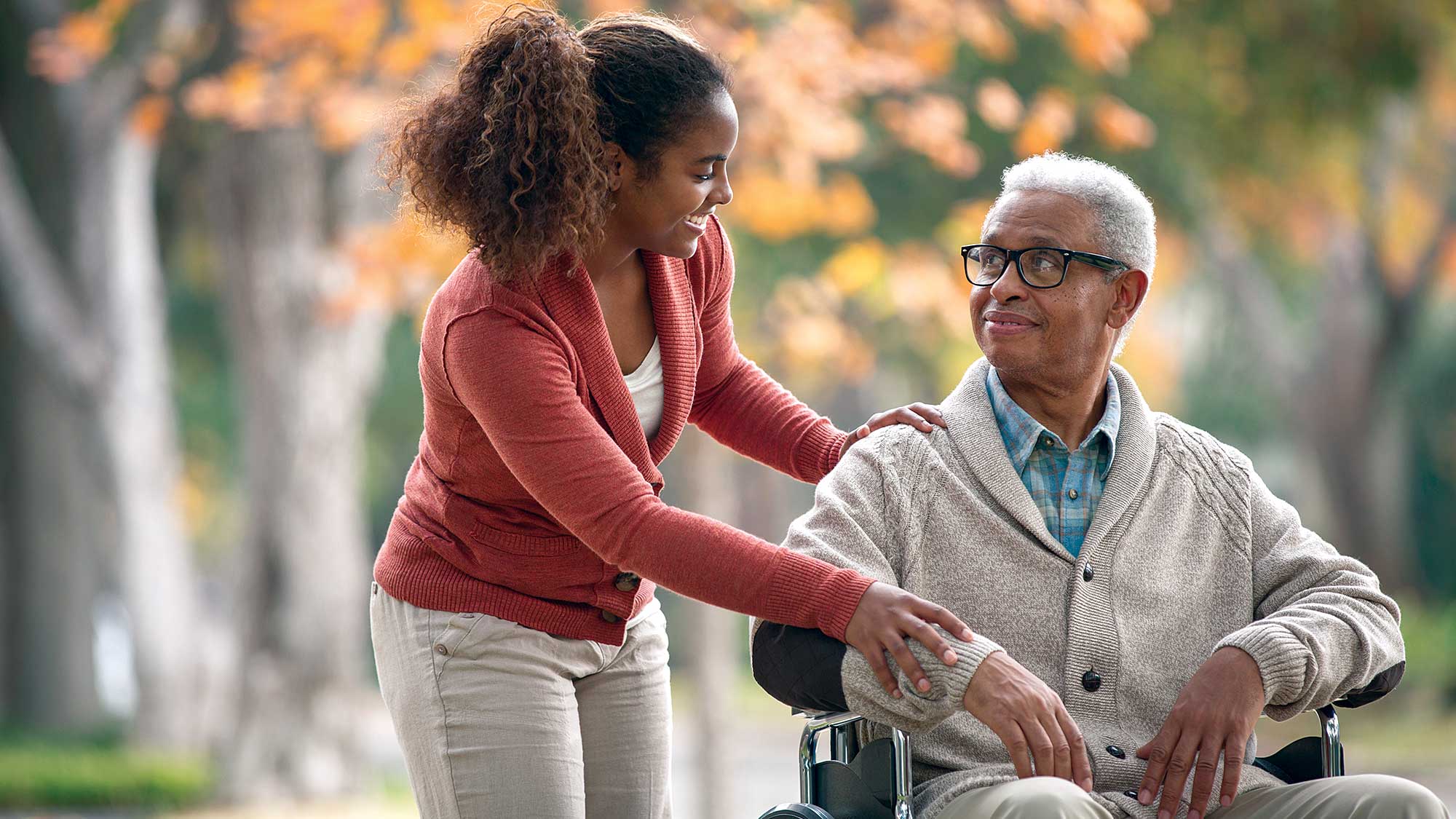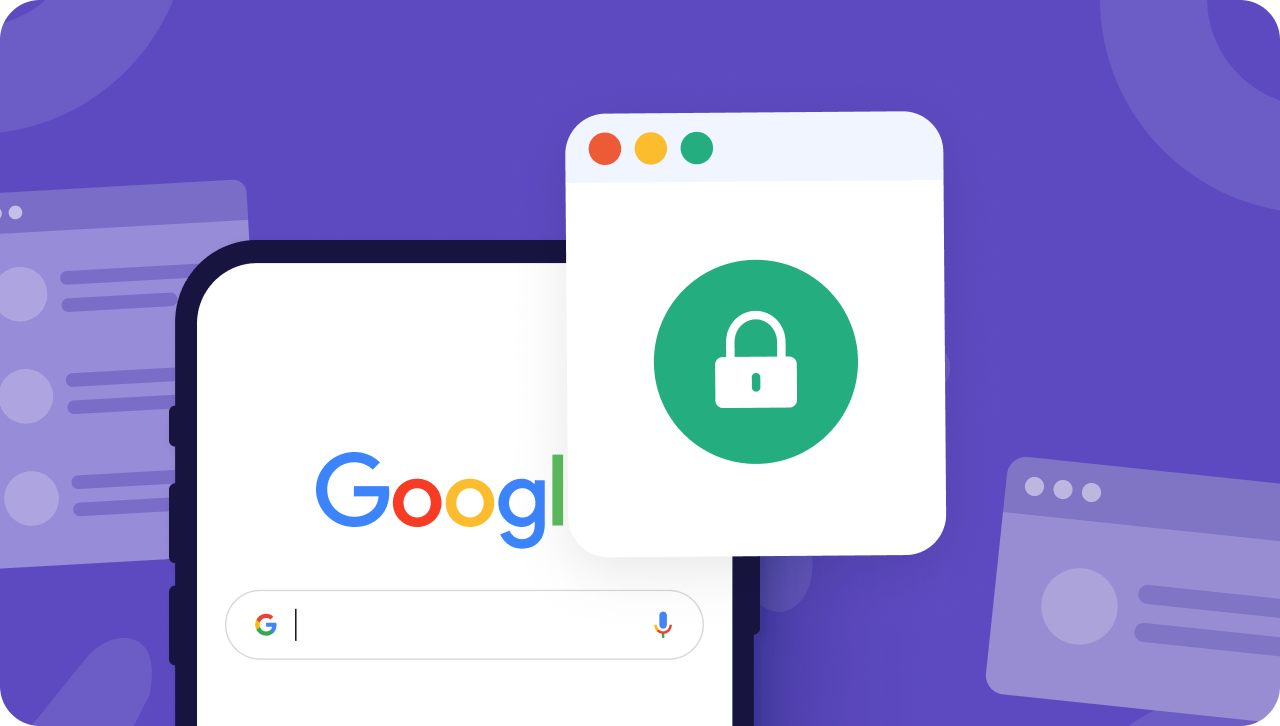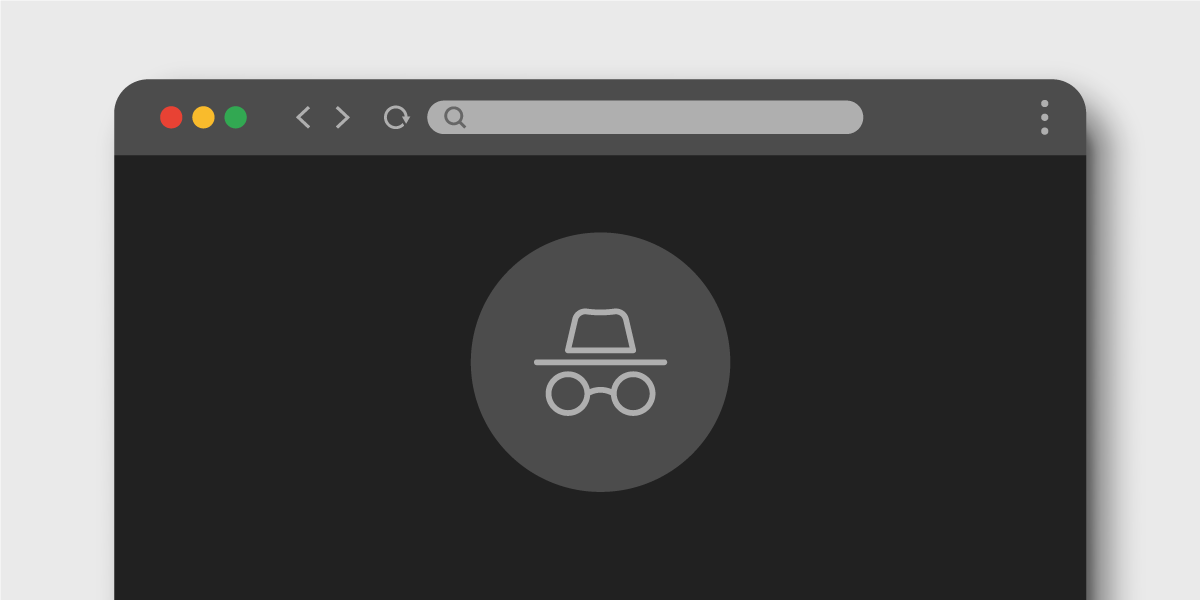Recent Technology Bridges The Gap Between Seniors And Their Caregivers by helping seniors live better lives, this post shows you how…
Have you ever wondered how technology can help seniors live better lives by connecting with their caregivers? You know that in today’s digital world, where technology plays a vital role in building bridges between seniors and their caregivers.
With the use of smart devices, apps, and online services, our approach to senior care has changed. Imagine a world where seniors can easily communicate with their caregivers, manage their health, and stay connected with their loved ones, all from the comfort of their own homes.
It’s not just a dream, it’s a reality thanks to innovative technology. From wearable health monitors that track vital signs to user-friendly apps that remind seniors to take their medications, technology is transforming senior care.
Technology isn’t just about helping seniors take care of themselves. It’s about improving their lives. Through devices like video calls, seniors can stay connected with family and friends, reducing loneliness and isolation. Smart home devices can help seniors control their environment using simple voice commands.
These advances not only make life easier for seniors, but their caregivers can also take comfort in knowing that help is just a click away. As we explore the exciting ways technology is transforming senior care, we see that these innovations are more than just gadgets: they are life-saving tools that can keep us connected, safe, and healthy as we age.
So how can we use these tools to improve the lives of seniors and their caregivers? Let’s dive deeper into this exciting topic and explore the endless possibilities that technology brings to senior care.
Innovative Technologies Enhancing Senior Care
Create a picture walking into a comfortable living room where an elderly person is comfortably seated in their favorite chair. They have a tablet on their lap, a smart speaker nearby, and connected devices in their hands. These are not just devices, but new technologies that are changing the way we live and care for the elderly.
Let’s take a look at some of these exciting tools:
1)Smart Home Devices
Imagine a smart home that knows when it’s time for seniors to take their medicine. Smart pill boxes can remind them to take their medication and alert caregivers if they miss a dose. Isn’t that amazing? Plus, smart speakers like Amazon Echo or Google Home can help seniors control lights, play music, and make video calls with their voice. It’s like having a friend around the clock.
2)Wearable Technology
Now let’s talk about connected devices. Devices like smartwatches can track heart rate, monitor sleep patterns, and detect falls. If an elderly person falls, the watch can send a notification to caregivers and family members. This means help can arrive faster and everyone feels better. Imagine seniors walking around knowing their loved ones are being cared for.
3)Ambulatory Health Services
Have you ever thought about how easy it would be to go to the doctor without leaving home? Telehealth services allow seniors to have a virtual appointment with their doctor. They can talk face-to-face via video call, which is ideal for people with limited mobility. No more long lines and waiting rooms!
It’s like having a doctor in your pocket.
4)Health Monitoring Apps
A program designed for older adults and their caregivers. These apps can track health metrics, remind seniors of the choices they need to make, and even provide educational resources for managing age-related diseases. Caregivers can stay informed about their loved ones’ health and communicate easily through these platforms. It’s like having a health coach on your phone.
5)Social Media Tools
Staying connected is important for seniors living alone. Social media platforms and video calling apps can help them stay connected with family and friends. The tablets are also designed for seniors to make them easier to use. Imagine grandparents seeing their grandchildren’s faces on the screen, sharing stories and laughing, all from the comfort of their own home.
How Digital Innovations Are Supporting Seniors
The world of seniors is changing rapidly. Imagine a world where technology helps seniors stay connected, healthy, and independent. We will explore some exciting ways to do just that:
- Stay Connected
Have you ever wondered how a simple video call could brighten someone’s day? Seniors can use apps like Zoom or FaceTime to chat with family and friends no matter where they are. This can help them feel less isolated and stay connected to their loved ones. Additionally, social media platforms like Facebook allow them to share photos and updates, which helps them stay up to date with family events and news.
- Health Tracking
Connected devices like smartwatches aren’t just for the young; Many seniors are using these devices to keep track of their health. These devices can monitor their heart rate, count their steps, and even remind them to take their medication. Imagine a clock that makes a gentle sound to remind grandma to take her pills! This type of technology helps seniors better manage their health and offers peace of mind to their families.
- Telehealth Services
Going to the doctor can be a real headache, especially for seniors with mobility issues. Telehealth services allow them to schedule medical appointments from home. They can talk to their doctor via video call, making it easier to get the care they need without having to travel. This can be especially helpful during exams and visits.
- Smart home technology
Smart home devices are becoming increasingly popular among seniors. Imagine being able to control your lights, heating, and television with just your voice! Devices like Amazon Echo or Google Home can help seniors stay independent. They can set reminders for important tasks, listen to their favorite music, or ask about the weather, all without getting up. This technology can make everyday life easier and safer.
- Online education and entertainment
Seniors value online platforms for learning new skills and activities. Sites like YouTube offer a wealth of tutorials on everything from cooking to painting. They can take online courses or seminars, discover new interests, and stay mentally active. This not only helps them relax, but it also gives them a sense of accomplishment.
- Emergency Response System
Safety is a top priority for seniors and their families. There are many digital initiatives aimed at keeping seniors safe at home. Personal Emergency Response Systems (PERS) allow seniors to call for help with the touch of a button. Some devices have fall detection features that alert emergency services if someone falls and gets up. This technology will ensure the safety of seniors and their loved ones.
- Transportation
Walking can be difficult for seniors, but technology is changing that. Ride-sharing apps like Uber and Lyft make it easier for seniors to get to meetings or social events. Some communities offer special transportation services for seniors that allow them to stay active and participate in community life.
Read also: best tech gifts to give on valentines day.
How Apps And Devices Are Connecting Seniors With Caregivers

Let’s see how these devices make communication easier and more convenient. Take smartphones and tablets for example. Many seniors use these devices to stay in touch with their caregivers. Apps like WhatsApp or FaceTime allow them to make video calls and have longer conversations.
Instead of just hearing a voice, they can see a friendly face, which can be comforting. Have you ever seen how a video can brighten someone’s day? That’s the magic of video calling.
Now let’s talk about health tracking apps. These apps help them track their medications, prescriptions, and even daily health metrics like blood pressure and heart rate. Caregivers can access this information in real time.
Imagine you are caring for someone who has forgotten to take their medication. This allows them to get information and help quickly. It is like having a safety net that keeps everyone connected and informed. Wearable devices like smartwatches have changed the game.
They can track physical activity and send notifications if there are changes. For example, if an elderly person falls, the device can automatically alert a caregiver. This quick response can make a big difference in an emergency.
In addition, many connected devices have features that allow seniors to send messages or make phone calls with a single click. It’s easy and convenient.
Another big improvement: the use of voice assistants like Amazon Alexa or Google Home
This means that elderly folks can ask these devices questions, set reminders, or call caregivers using their voice. This is especially helpful for those who have difficulty using a smartphone or typing on a keyboard. Imagine an elderly person saying, “Ok Google, call my daughter.” And, yes, sign in.
Social media platforms also play a role. Many seniors use Facebook or Instagram to share their lives with family and caregivers. Not only does this help everyone stay connected, but it can also reduce feelings of isolation.
Caregivers can see photos and updates, making it easier to share what’s going on with their seniors. This is a great way to explore options and build connections. Don’t forget about online support groups and forums.
You may like: The CEO of Reddit has Announced that Paid Subreddits Will be Introduced This Year
They can connect with others going through similar experiences, and caregivers can also join these groups. It creates a community where everyone can share tips, advice, and encouragement.
It’s like having a virtual support network that’s always there when you need it. Additionally, there are many apps designed specifically for caregivers. These apps can help them manage their schedules, stay active, and connect with other caregivers.
This allows them to be more supportive of the seniors they care for. When caregivers are organized and connected, they are more likely to enjoy the care they provide. Finally, let’s talk about the importance of education. Many seniors are trained to use these programs and tools. Caregivers can help them learn, making the process less intimidating.
As seniors become more comfortable with technology, they become more connected to others, and they can take control of their relationships.
Also read: iPhone SE 4 is Expected to be Released by Next Week
We are seeing apps and devices that are changing the way elderly people communicate with their caregivers. With video calls, health checks, wearables, voice assistants, social media, and online communities, connecting has never been easier. It’s a beautiful combination of technology and human connection that makes life easier for everyone involved.




